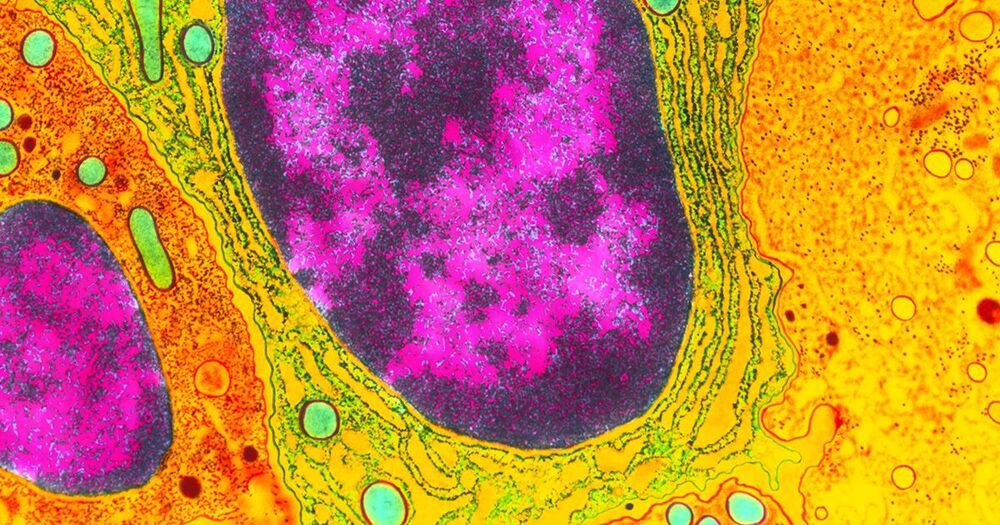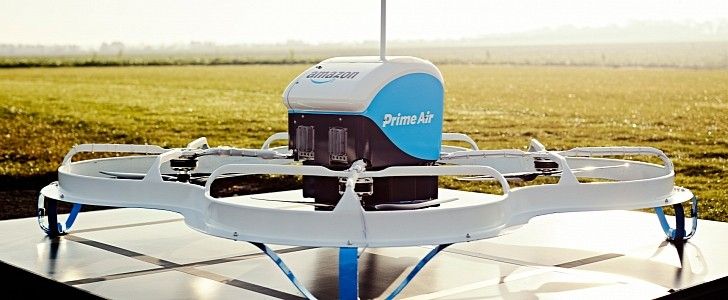Caption :
MIT aerospace engineer Kerri Cahoy designs mini satellites for weather monitoring and space exploration.



Amazon is entering the pharmacy business with a new offering called Amazon Pharmacy, allowing customers in the United States to order prescription medications for home delivery, including free delivery for Amazon Prime members.
Amazon has been quietly building out its pharmacy offering for several years after ramping up internal discussions in 2017 and acquiring PillPack in 2018. The pharmacy space is notoriously complex and competitive in the U.S., and Amazon Pharmacy is built in part on PillPack’s infrastructure, including its pharmacy software, fulfillment centers and relationships with health plans.
Amazon Pharmacy, announced Tuesday, is the company’s biggest push yet into $300 billion market, and threatens the dominance of traditional pharmacies like CVS and Walgreens, as well as other large retailers that offer pharmacy services, including Walmart.

Circa 2013
The Book of Genesis puts Adam and Eve together in the Garden of Eden, but geneticists’ version of the duo — the ancestors to whom the Y chromosomes and mitochondrial DNA of today’s humans can be traced — were thought to have lived tens of thousands of years apart. Now, two major studies of modern humans’ Y chromosomes suggest that ‘Y-chromosome Adam’ and ‘mitochondrial Eve’ may have lived around the same time after all1, 2.
When the overall population size does not change (as is likely to have happened for long periods of human history), men have, on average, just one son. In this case, evolutionary theory predicts that for any given man there is a high probability that his paternal line will eventually come to an end. All of his male descendants will then have inherited Y chromosomes from other men. In fact, it is highly probable that at some point in the past, all men except one possessed Y chromosomes that by now are extinct. All men living now, then, would have a Y chromosome descended from that one man — identified as Y-chromosome Adam. (The biblical reference is a bit of a misnomer because this Adam was by no means the only man alive at his time.)
Similarly, the theory predicts that all mitochondrial genomes today should be traceable to a single woman, a ‘mitochondrial Eve’. Whereas the Y chromosome is passed from father to son, mitochondrial DNA (mtDNA) is passed from mother to daughter and son.

A long time ago — roughly 4.5 billion years — our sun and solar system formed over the short time span of 200,000 years. That is the conclusion of a group of Lawrence Livermore National Laboratory (LLNL) scientists after looking at isotopes of the element molybdenum found on meteorites.
When we apprehend reality as the entirety of everything that exists including all dimensionality, all events and entities in their respective timelines, then by definition nothing exists outside of reality, not even “nothing.” It means that the first cause for reality’s existence must lie within ontological reality itself, since there is nothing outside of it. This self-causation of reality is perhaps best understood in relation to the existence of your own mind. Self-simulated reality transpires as self-evident when you relate to the notion that a phenomenal mind, which is a web of patterns, conceives a certain novel pattern and simultaneously perceives it. Furthermore, the imminent natural God of Spinoza, or Absolute Consciousness, becomes intelligible by applying a scientific tool of extrapolation to the meta-systemic phenomenon of radical emergence and treating consciousness as a primary ontological mover, the Source if you will, not a by-product of material interactions.
#OntologicalHolism #ontology #holism #cosmology #phenomenology #consciousness #mind #evolution



Circa 2013
A group of scientists from Kyoto has managed to successfully analyze and “record” the basic elements of what people see when they dream. The idea of recording dreams has been a mainstay in science fiction, but also a frequent goal for researchers. As Smithsonian Magazine writes, this group designed its study based on the premise that brains react to “seeing” objects with repeatable patterns that can be measured with MRI. If a machine can recognize the patterns well enough, it can reverse-engineer them, giving us a window into what’s going on inside people’s heads while they dream.
Three participants were selected for a study and asked to sleep for several three-hour blocks in an MRI scanner. Once they fell asleep, scientists woke them up and asked them to describe what they’d seen in the dream, grouping them into loose categories and sub-categories like “car,” “male,” “female,” or “dwelling.” The group then picked representations of those categories from an online image search and showed them to the participants, once again measuring their brain activity to figure out what patterns might be unique to that concept. Finally, the participants were asked to sleep again, but this time, a machine wouldn’t simply record how their brain responded to dreaming — it would attempt to match it to one of the categories with a series of images, as seen in the video below.
When matching the contents of the video to the categories the sleeper actually recounted when asked about a dream, the machine turned out to be right roughly 60 percent of the time, or better than it could have done by random chance. The system was unsurprisingly better at detecting general meta-categories, like whether someone was looking at a person or a scene, than it was at sensing more specific objects.

So the Universe is getting hotter? 😃
For almost a century, astronomers have understood that the Universe is in a state of expansion. Since the 1990s, they have come to understand that as of 4 billion years ago, the rate of expansion has been speeding up.
As this progresses, and the galaxy clusters and filaments of the Universe move farther apart, scientists theorize that the mean temperature of the Universe will gradually decline.
But according to new research led by the Center for Cosmology and AstroParticle Physics (CCAPP) at Ohio State University, it appears that the Universe is actually getting hotter as time goes on.